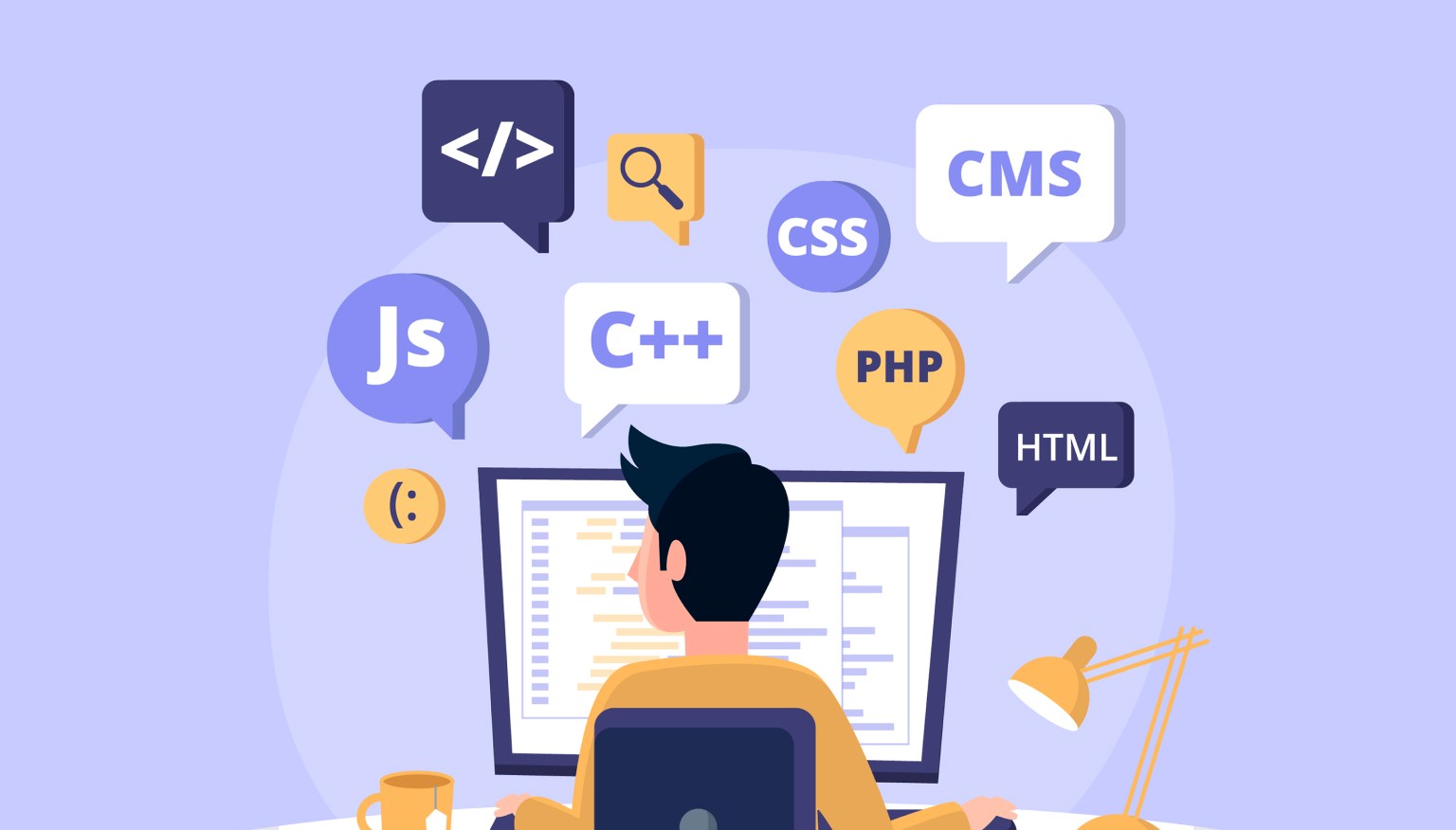What to look for when adding images
This is because they play an extremely important role on websites. They add context, provide important information, and simply add value. However, they cannot be thrown onto the site just for the sake of it. It is worth paying a little more attention to them so that both users and search engine robots like them as much as possible. So check out the ten tips below.
How to add images to the site? - 10 tips
1. Insert images with correct dimensions.
It is extremely important to find the golden mean in the appropriate measurements.
The graphics you add should not be too small, as users will only get annoyed when they see tiny images. Otherwise, they will be artificially stretched, resulting in really poor quality.
On the other hand, they shouldn't be too big either. Many people have websites that are not designed to properly scale the images they add themselves. This can lead to the fact that we all see a completely normal image, while in fact it will be huge.
Although it won't make any difference visually, quite a lot of unnecessary data will be downloaded "in the background". This has a very negative effect on the loading speed of the site.
2. Pay attention to the importance of graphics
Continuing the theme raised in the previous paragraph, the images you add to your site should not be too "heavy", as they slow down the entire site.
For this reason, it's a good idea to use compression to reduce unnecessary overhead with little or no quality loss.
You can optimize graphics with a tool called TinyPNG.
If you use WordPress, WP Smush is a good plugin for this task.
3. Use only high-quality images
"Quality" - this word should accompany you every step of the way on the Internet if you have your own website.
Any graphics you add should just be visually appealing. They must not contain any blemishes or noticeable so-called "artifacts" that appear when JPG files are compressed.
Let's face it - it's better not to add graphics at all than to insert one that will only disappoint visitors.
4. Use appropriate formats
The format is not the same.
JPG is a generic type. It is ideal for multi-color graphics such as photographs.
PNG, on the other hand, is great for when the color palette is limited. It's perfect for flat style images and all kinds of simple icons. It's also useful if you want to apply a transparent background to a graphic.
Keep both of the above factors in mind when choosing the right format.
5. Pay great attention to correct file names
You must have noticed that cameras name files according to a certain pattern.
This could be, for example, IMG_XXXX.jpg, DSC_XXXX.jpg or several longer strings containing the exact timestamp at the time the photo was taken.
The trouble is that such naming is completely unnecessary for us. Names like these don't tell us anything.
So rename them to names that are much easier to remember and that match the image - cat-ani.jpg, car-tomka.jpg, etc.
You may find the Bulk Rename Utility useful, which allows you to rename many images at once according to your chosen scheme.
6. Be mindful of context
If you add images to a site, you are doing so to achieve a specific purpose. This way you don't load graphics completely at random.
The images you add should fit into the context of what surrounds them - first of all, a specific subpage, as well as any text or other elements.
So don't upload them without a clear reason, as it might confuse your audience.
7. Fill in the so-called ALT attribute
Optimizing graphics for SEO is closely related to the so-called ALT attribute.
This is the text that is displayed instead of the image if it somehow fails to load (hence the name - ALT for "alternative").
It also gives clues to search engine bots about what the image contains (or should contain).
The problem is that many people do not pay attention to it at all - which is a pity, because it is very important.
Include a short, in just a few words, description of what the image is. This is very useful for SEO and should not be neglected.
8. Be careful with stock photos
Stock photos can both help and hurt. It all depends on which photos you choose.
The basis is the selection of photos that do not look artificial, i.e. which do not depict explicitly posing, inauthentic characters and scenes.
Many users just feel like this and don't fully trust sites that use poorly chosen stock photos.
It's best to have your own photos - showing the interiors, objects and people associated with your particular business. Authentic and unique, like you won't find anywhere else.
Then we understand that this business simply exposes the truth.
9. Add images that are just useful
I already mentioned that images are added to the site for a specific purpose.
Usually they serve to add variety to the content or add some value that we cannot convey in words.
Visual content can convey much more to us than simple sentences. Infographics, charts, illustrations, or just visually appealing graphics all add value to a page and make us perceive it much better.
By the way, I can recommend a text on how to increase CTR using images.
10. Make sure graphics look good in mobile view
Although the topic of mobility has been absolutely overflowing for several years now, even so, you still meet sites that have not taken care of this issue.
Images should look great at all resolutions. Not only on large ones, but also on those that are supported on mobile devices.
So make sure they scale correctly on tablets and smartphones.
Also keep in mind that a responsive version of your site doesn't have to provide content in a 1:1 format to what can be seen on desktops.
If the image looks bad on mobile view (for example, you can't see important details), consider hiding it at lower resolutions.
Why clutter up the review with what is useless?
How to add images to the site to get the most out of it?
At least following the ten tips above.
If you follow the above rules, I am sure that not only users, but also search engine robots will perceive your site much better.
















